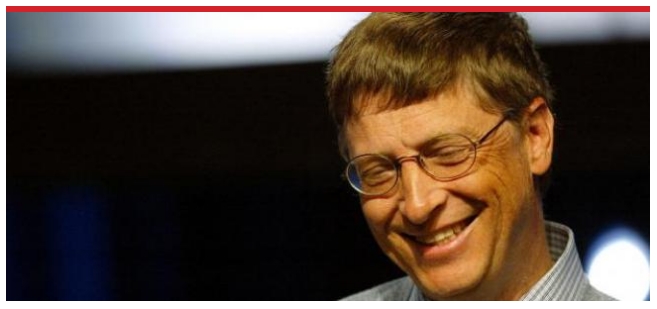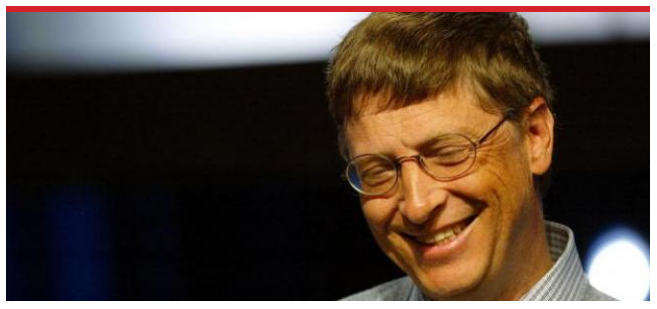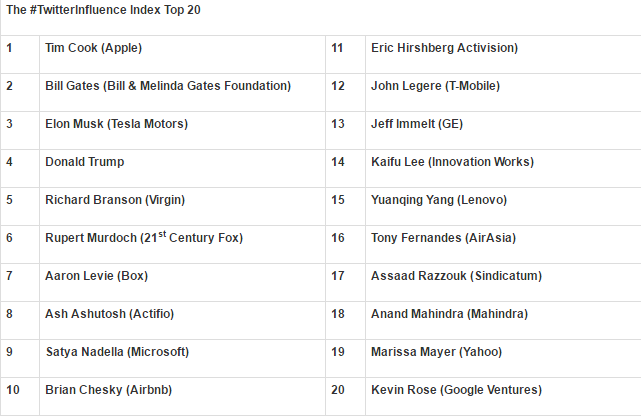
 Digital leaders that get the most attention for themselves and their brands on social media are those who share their personal causes, express their hopes and ambitions and engage with their followers.
Digital leaders that get the most attention for themselves and their brands on social media are those who share their personal causes, express their hopes and ambitions and engage with their followers.
Traditionally, leaders’ ability to influence has been based on the extent to which they harness their power and strength. Authority and the ability to guide others through hardship have historically been central to the growth of leaders from military generals to CEOs. But in today’s digital age a new kind of “democratic leadership” has emerged, a process by which engagement is much more bi-directional: from top to bottom and bottom to top.
The advent of social media has driven this change in social dynamics and new research shows that the most influential CEOs today are social leaders, open to listening, engaging in dialogue with stakeholders and responsive to their followers.
People increasingly want to see their leaders on social media, which is where 80 percent of chief executives from the world’s biggest companies now do much of their bidding. CEO “sociability” is critical to building trust and loyalty. Research shows that 82 percent of consumers are more likely to trust a company whose CEO engages on social media. Meanwhile, 78 percent of professionals prefer working for a company whose leadership is active on social channels.
As reflected by the Twitter Influence Index (TII), not being on social media is by now far more detrimental than hiding away in the corner office. Engaging and telling the company’s story is becoming essential for CEOs, especially as the millennial generation demands and expects its leaders to be digitally savvy. As John Legere, CEO of T-Mobile (ranked #12 on the TII) said last year; “Who’s on Twitter? My customers, my employees, my competitor’s customers. And I hear every minute of every day how we’re doing and what we need to do differently.”
The secrets of the most influential
The index, developed by the “Young Promising Leaders of Twitter” (YPL), Jecolia Tongzh, Edric Subur, Theodoric Phay and Amanda Ng, under my mentorship and with the supervision of Frederique Covington, Twitter International Marketing Director, measures how influential the world’s top executives are on Twitter, based on engagement data (the quality of their tweets) and volume (the quantity of their tweets) between January and August 2015. The TII is composed of the most successful 100 CEOs on these measurements, the top 20 of which are below (table).

Looking at the top five, it’s clear from the leader, Tim Cook, that less is more. Cook tweeted only 50 times during the study period, but he garnered almost 2,000 retweets per tweet (high quality engagement). Cook’s tweets are short and typically personal. He tweets about customers, thanks his staff for big launches and even trumpets causes (LGBT rights).
The case of Bill Gates, who has around 15 times the followers of Cook but only gets half the retweets, tells us two things: the secret is in the quality not the quantity of your tweets, and the same applies to followers. Gates is high on the index because of the popularity of his humanitarian work and his hopeful updates on causes such as disease cures or the progress of women.
Elon Musk epitomises the hip and happening. Through his short teasers, such as “it’s time”, he speaks the language of his followers and inspires them with his ambition. His tweets embody his values, attitude and passion for “innovations now”.
Richard Branson stands out for his humility. He regularly shares tips and even stories of personal failure from his younger days, sharing lessons and experiences for the benefit of all.
The personal nature of the top CEOs matters. A comparison of CEO engagement against that of their companies, showed that a CEO’s personal handle (their Twitter name) has significantly more influence than their corporate brand. Bill Gates, for example, averages 2,365 engagements per tweet, while the @GatesFoundation Twitter handle has a rate of 119.
Reflection of the times
Of the 100 CEOs ranked on the index, 38 percent came from Forbes 2000 companies and 75 percent from the billion-dollar start-up companies list. Given the popularity of disruptive start-ups and the propensity of millennials to follow their founders, big company CEOs should join them.
The biggest industry represented in the top 100 is technology, which comprises 41 percent of the TII. But financial services are catching up, despite the industry’s precarious post-crisis reputation, with two financial services CEOs in the top 25.
Sadly, the lack of female representation on the TII reflects the remaining gender gap in business. Only seven female CEOs made the TII rankings: Marissa Mayer, Mary Barra, Elizabeth Holmes, Randi Zuckerberg, Jacqueline Gold, Charlene Li and Michelle Rhee. Women also use social media less than men for business, while men tend to use social media to gather the information they need to build their influence.
CEOs of American companies also dominate, representing 73 percent of the TII. Asia Pacific represents the second biggest group at 15 percent, including five Asian CEOs listed within the top 20, among them Tony Fernandes of AirAsia and Anand Mahindra of the Mahindra Group. This suggests that, while Asian CEOs are still reluctant to share their personal lives on social media, big opportunities await them if they do.
The activity of the most influential leaders on social media increasingly reflects emerging leadership practices which will likely define the future of management. Not only does it provide compelling insights on how leaders are followed and admired today; it also paves the way for what the organisational structure of 21st century might be: more local and more distributed with a leader in sync with the company and customer ecosystems.
Written by David Dubois, Assistant Professor of Marketing at INSEAD
